Vietnamese culture blends harmony, simplicity, and elegance, beautifully reflected in traditional clothing. From the iconic Ao Dai to the humble Ao Ba Ba, each outfit tells a story of daily life and heritage. For travelers, exploring these garments offers insight into Vietnam’s history and values. With Vietpower Travel, visitors can experience this cultural richness through authentic connections and local traditions.
Clothing has long represented respect and belonging in Vietnamese society. It once indicated class, region, and gender, but always balanced practicality with grace. Even today, traditional outfits play an important role in ceremonies, holidays, and public events.
Vietnam has 54 recognized ethnic groups, each with unique clothing traditions. Hand-woven fabrics, colorful embroidery, and meaningful motifs reveal not only beauty but also identity. The contrast between the plain silk tunic of the Kinh people and the bright patterns of the Hmong shows Vietnam’s remarkable cultural diversity.
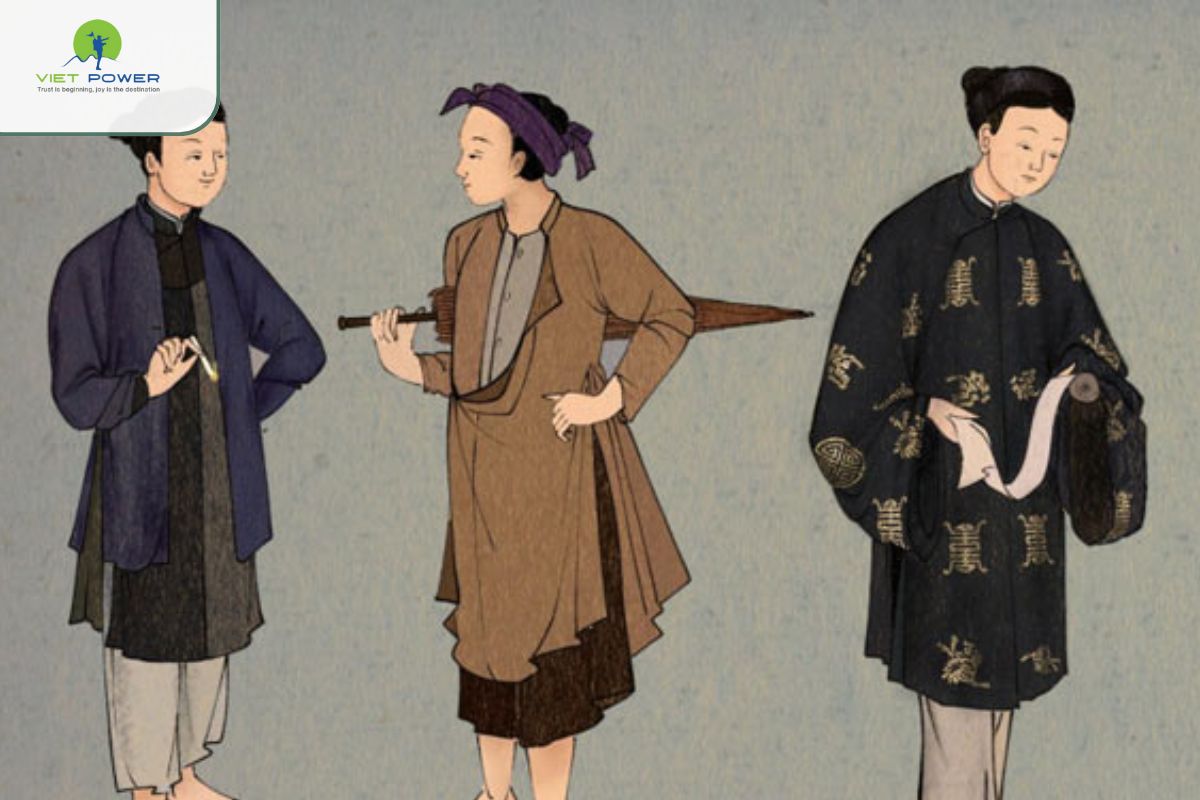
Traditional Vietnamese clothing symbolizes harmony, respect, and continuity between generations. It reminds people of their roots while celebrating modern identity.
You can find more posts related to this topic in our Vietnam culture category. Explore festivals, local customs, and insights into the daily life of Vietnamese people.
Across Vietnam, different garments represent regional character and lifestyle. Some have become timeless cultural symbols recognized worldwide.
The Ao Dai, a long, fitted silk tunic worn over trousers, is the national costume of Vietnam.

Although designers have modernized it with new fabrics and cuts, the Ao Dai still reflects traditional grace and national pride.
Ask: Is the Ao Dai the national costume of Vietnam? Yes. The Ao Dai is officially recognized as Vietnam’s national dress and is worn by both men and women on important occasions.
Before the Ao Dai became popular, northern women wore the Ao Tu Than, the “four-part dress.” It features long panels tied at the waist, often paired with a silk belt and a flat round hat. This outfit represents the charm of rural life and is still seen at folk performances and spring festivals.
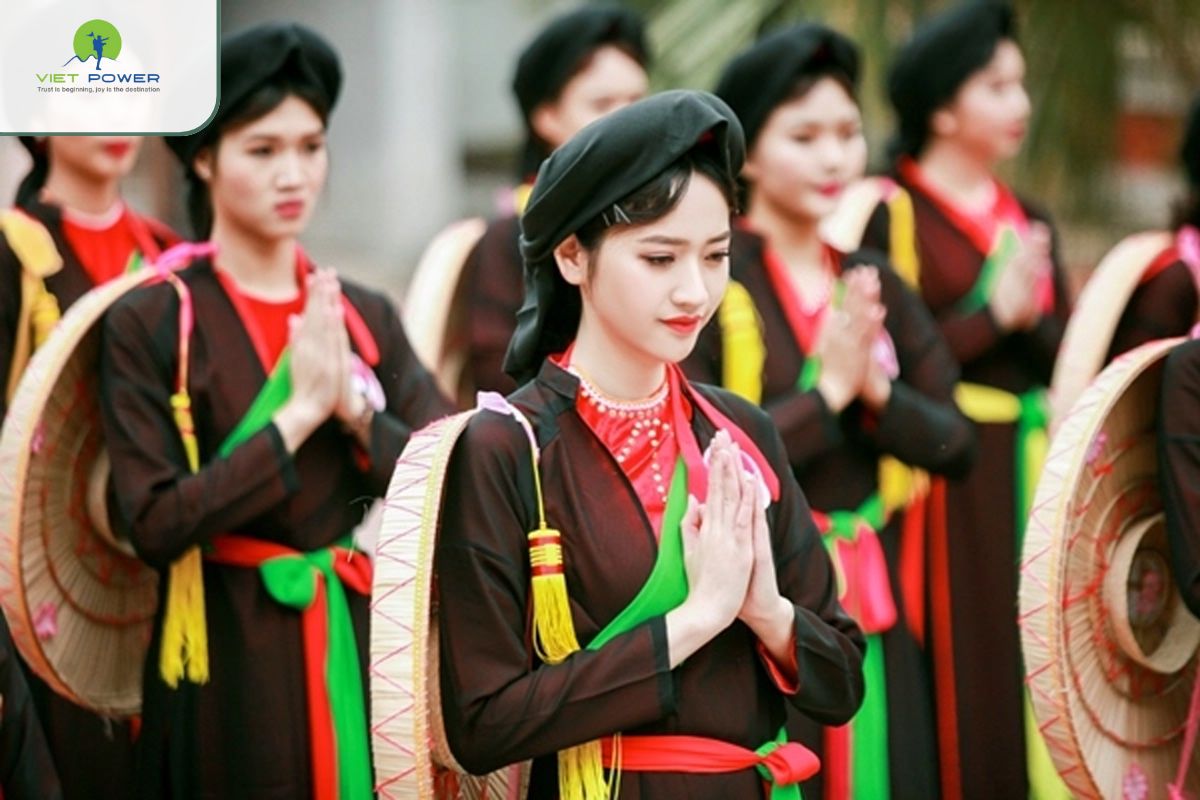
In southern Vietnam, especially the Mekong Delta, the Ao Ba Ba remains an everyday favorite. It is a lightweight, button-down blouse with loose trousers, practical for farming, yet elegant in its simplicity.
Continue exploring similar posts to learn more about Vietnam’s traditions, heritage, and way of life; in the post about overview of Vietnamese Culture with Vietpower Travel!
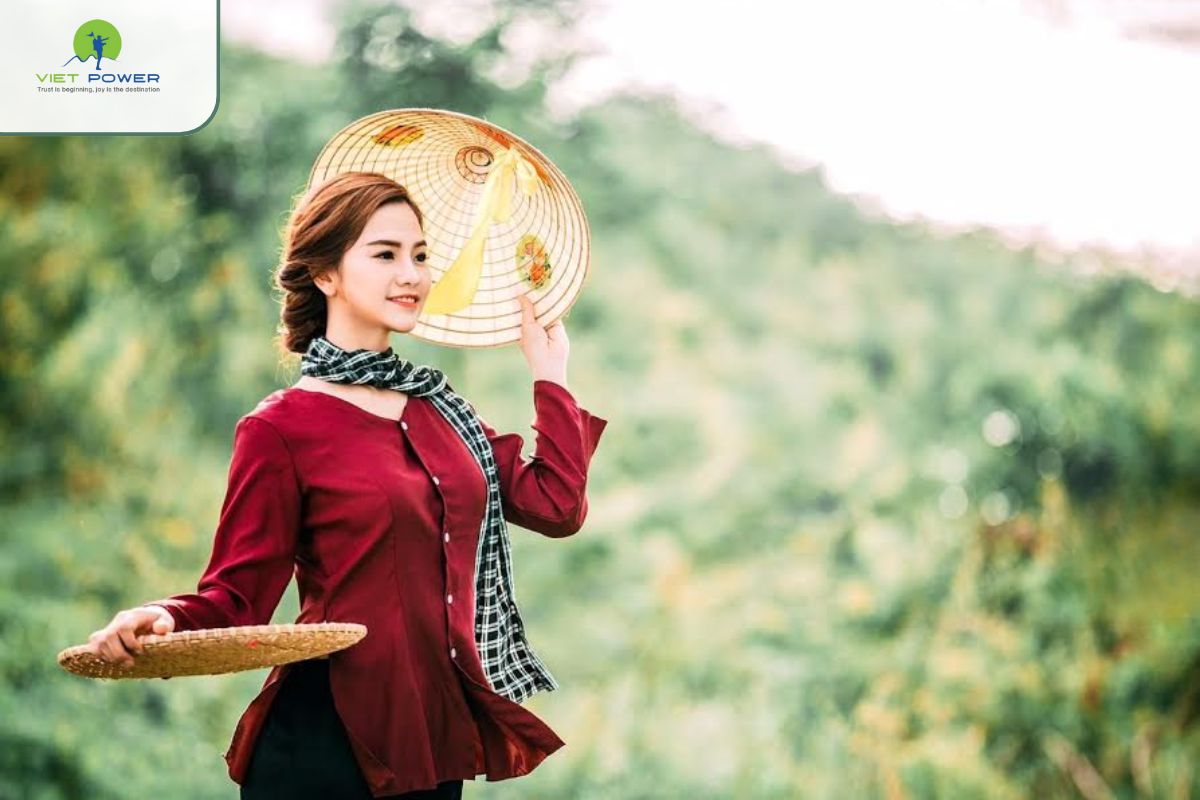
The Ao Dai is a modern, fitted dress symbolizing urban sophistication, while the Ao Tu Than is a traditional layered outfit reflecting northern rural culture.
What materials are used in traditional Vietnamese clothing? The most common fabrics are silk, brocade, and cotton. Many Vietnamese silk villages still produce fine handmade textiles using natural dyes.
Vietnamese clothing adapts beautifully to each occasion, from daily work to weddings and festivals, showing how tradition stays alive in modern society.
Today, most Vietnamese wear Western-style clothes for convenience, but traditional garments still appear on special occasions. The Ao Ba Ba is common in rural areas, while the Ao Dai is worn by students, teachers, and women during important events or national holidays.
Ask: What do Vietnamese people wear in daily life today? Modern clothing dominates daily wear, yet traditional outfits continue to express cultural pride during celebrations and festivals.
Ask: When is the best time to occasion to try on traditional clothing in Vietnam? Traditional clothes of Vietnam can be wore year round. If you want to indulge in the festivity, you can visit during the Lunar New Year (Tet), Mid-Autumn Festival, and wedding season, locals across Vietnam proudly wear traditional garments.
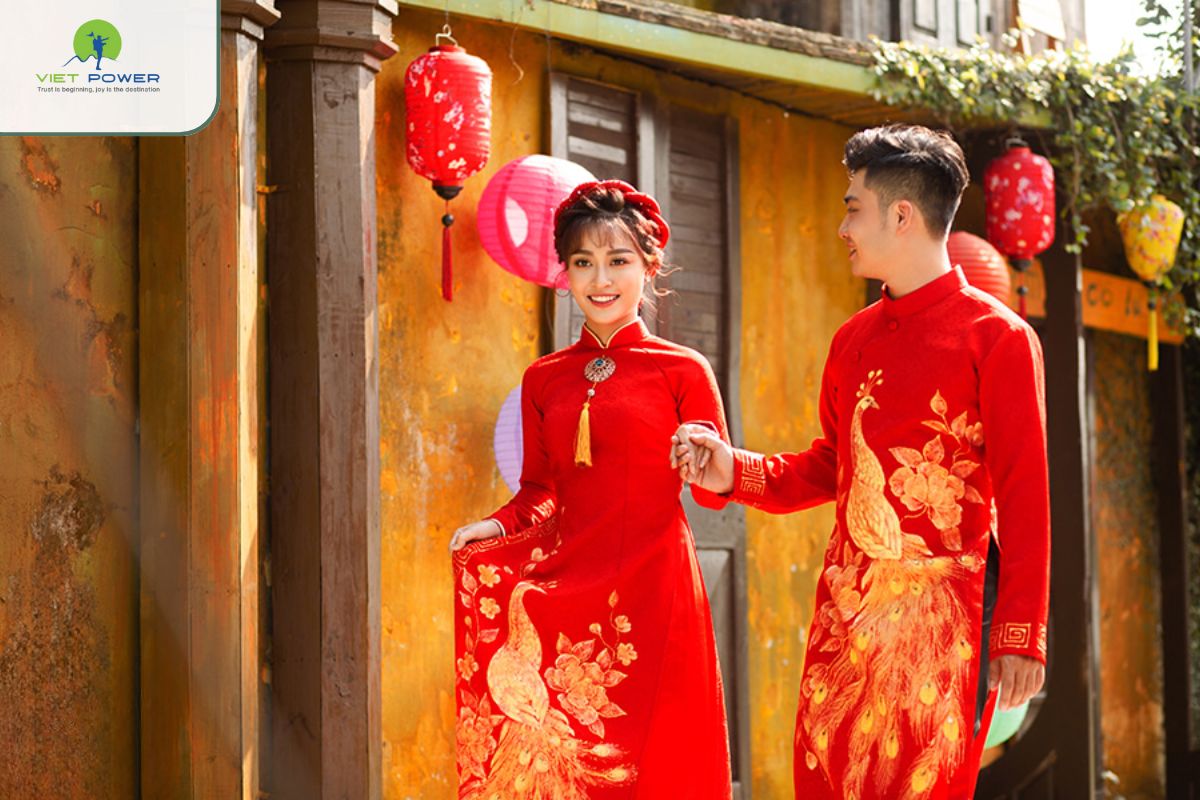
Traditional Vietnamese weddings showcase the most exquisite clothing:
Festivals and Lunar New Year celebrations are also perfect occasions to see locals dressed in these vibrant garments.
Yes, visitors are encouraged to wear the Ao Dai or Ao Ba Ba respectfully. It is seen as appreciation rather than appropriation when done with understanding.
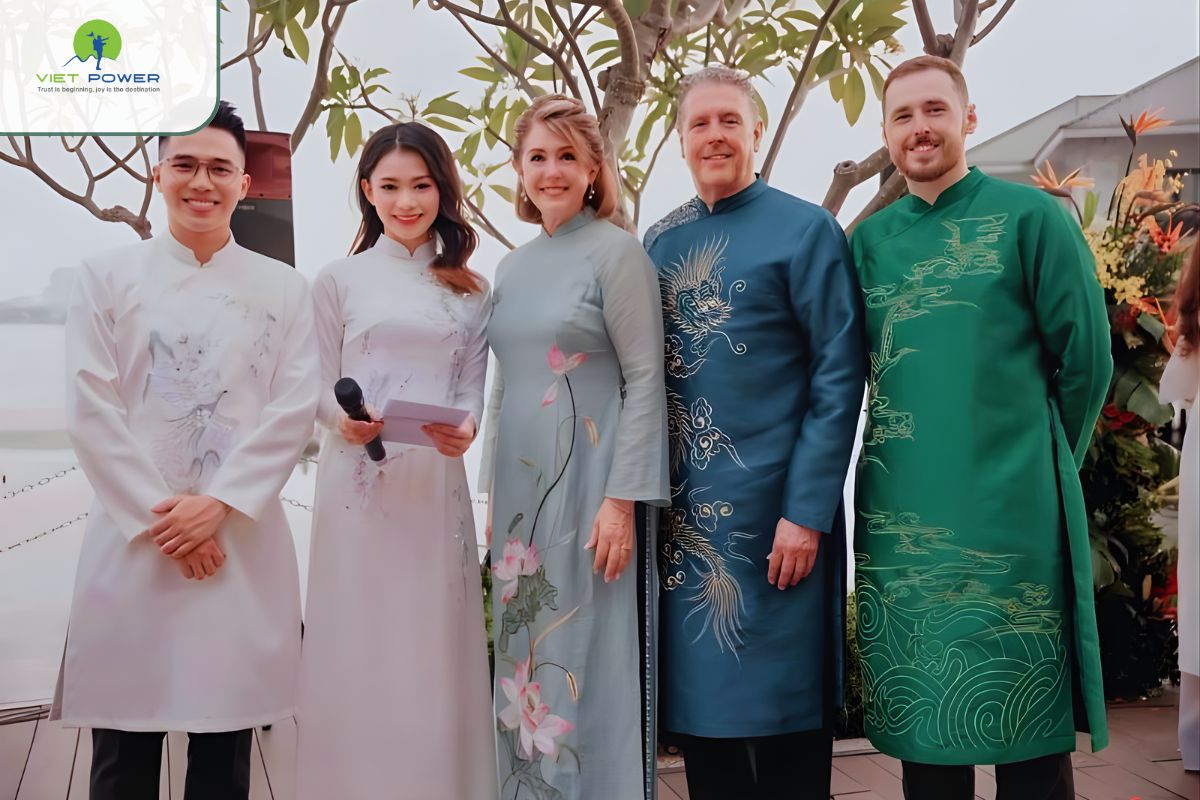
Travel note: While exploring Vietnam with Vietpower Travel, ask your guide about cultural centers or local shops where you can observe or try on traditional clothing.
Vietnam’s long geography and rich ethnic composition create fascinating differences in traditional clothing.
Ethnic groups such as the Hmong, Tay, and Dao design colorful, hand-woven clothing decorated with silver jewelry and natural dyes. Each pattern carries meaning , from fertility and family to blessings for good harvests.
Are ethnic minority costumes still worn daily?
Yes, many mountain communities continue to wear traditional clothing every day. In larger towns, it is now mostly worn during markets and cultural events.

Reminder: Travelers can appreciate these living traditions respectfully by supporting local artisans and avoiding imitation garments made for mass tourism.
Purchasing or tailoring a traditional outfit is a meaningful souvenir and a great way to engage with Vietnamese craftsmanship.
Where to Buy
How much does an Ao Dai cost in Vietnam? A ready-made Ao Dai costs about 500,000 VND (around 20 USD). A custom silk version typically ranges between 1.5 and 3 million VND (60–120 USD).
How long does it take to make an Ao Dai? Most tailors can complete a made-to-measure Ao Dai in 24–48 hours, depending on fabric and embroidery.

Tip: Vietpower Travel often recommends reliable local workshops during guided city tours , helping travelers find authentic and ethically produced items.
Colors and patterns in traditional Vietnamese clothing hold symbolic meanings that reflect the wearer’s status and emotion.
Patterns often feature dragons, phoenixes, and lotus flowers , representing power, harmony, and purity. Modern designers now blend these traditional motifs with new fabrics and styles, creating fashionable versions that appeal to the younger generation.
Ask: How is traditional Vietnamese clothing evolving today? Young designers are modernizing the Ao Dai with lighter materials, creative cuts, and global influences, while still preserving the essence of Vietnamese identity.
Traditional Vietnamese clothing is a living expression of the country’s soul , graceful, modest, and full of meaning. Each garment, whether the flowing Ao Dai, the simple Ao Ba Ba, or the colorful ethnic attire of the highlands, reveals how Vietnamese people value beauty and harmony in everyday life. For travelers, learning about these clothes means understanding the deeper layers of Vietnamese culture, not just seeing the country, but feeling its rhythm and traditions.
Vietpower Travel encourages visitors to discover this cultural heritage through authentic, respectful experiences. Whether exploring historic cities, visiting craft villages, or attending local festivals, every journey reveals the artistry and spirit woven into Vietnamese life. Plan your cultural adventure with Vietpower Travel, and let Vietnam’s timeless traditions inspire your journey.